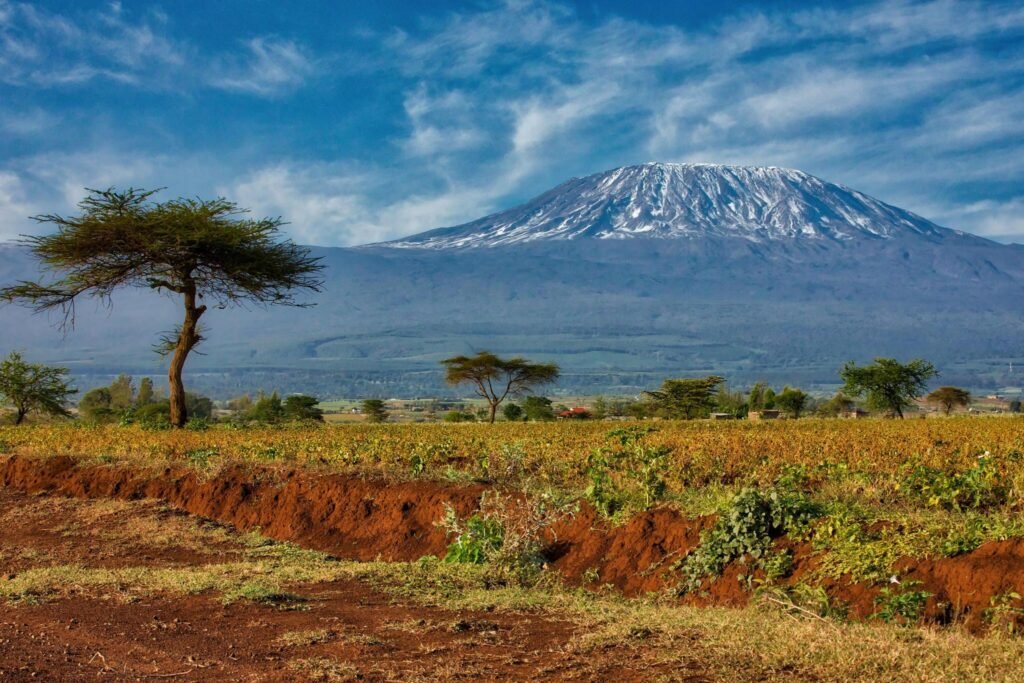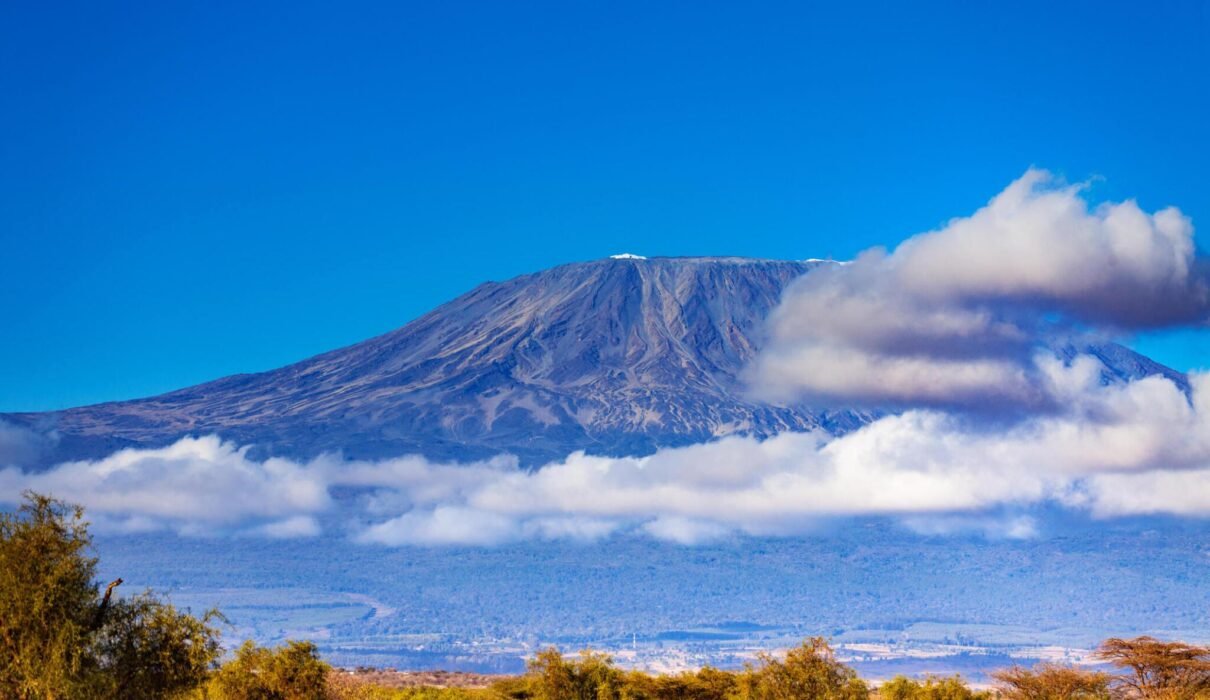Climbing Kilimanjaro When You are Over 50. Climbing Mount Kilimanjaro is a life-changing experience, and age should never be a barrier. If you’re over 50 and thinking about taking on the challenge of Africa’s highest peak, you can absolutely make it to the summit with the right preparation and mindset. In this guide, we’ll cover key tips and advice to ensure a safe, enjoyable, and successful trek for those in their 50s and beyond.
Get expert guidance on climbing Kilimanjaro here.

Climbing Kilimanjaro When You are Over 50 – Is It Safe to Climb Kilimanjaro When You’re Over 50?
Absolutely! Many people in their 50s, 60s, and even 70s successfully climb Kilimanjaro each year. The key to a successful climb is thorough preparation and understanding the demands of the trek. Kilimanjaro does not require technical climbing skills, but it does demand physical endurance and mental resilience, especially at high altitudes.
- Success Rates: Climbers over 50 have a high success rate as long as they prepare well.
- Health Considerations: A medical check-up before the trek is recommended to ensure your body can handle the altitude and physical exertion.
Read more about the safety of high-altitude climbs for older adults.
Climbing Kilimanjaro When You are Over 50 – Best Routes for Climbers Over 50
There are several routes to the summit of Kilimanjaro, each with varying levels of difficulty and acclimatization times. For climbers over 50, it’s important to choose a route that allows for a slower ascent and better acclimatization to reduce the risk of altitude sickness.
Lemosho Route
- Duration: 7-8 days.
- Why It’s Ideal: This route offers more gradual ascent, which gives your body time to adjust to the altitude, and has some of the most scenic views.
Rongai Route
- Duration: 6-7 days.
- Why It’s Ideal: Less crowded and offers a more gentle ascent, perfect for older trekkers who prefer a quieter experience.
Discover more about Kilimanjaro’s best routes for a successful summit.
Climbing Kilimanjaro When You are Over 50 – Preparing for Your Kilimanjaro Climb
Proper preparation is essential for climbing Kilimanjaro, especially if you’re over 50. Building physical stamina, increasing your endurance, and improving your cardiovascular fitness will help ensure that you’re ready for the demands of the climb.
Training Tips for Climbers Over 50
- Hiking Practice: Start with long hikes in your local area, gradually increasing your distance and elevation gain.
- Strength Training: Focus on leg strength with exercises like squats and lunges to build the muscles you’ll need for the climb.
- Cardio Workouts: Incorporate aerobic exercises like cycling, swimming, or walking to improve your cardiovascular health.
Find out more about the best training routines for Kilimanjaro climbers.
Climbing Kilimanjaro When You are Over 50 – Managing Altitude Sickness
One of the most significant challenges of climbing Kilimanjaro is dealing with the effects of high altitude. For climbers over 50, it’s especially important to be aware of the symptoms of acute mountain sickness (AMS) and take measures to prevent it.
Tips to Prevent Altitude Sickness
- Acclimatization: Choose a longer route to give your body time to adjust to the altitude.
- Stay Hydrated: Drink plenty of water throughout your climb to avoid dehydration.
- Take It Slow: The slower your ascent, the better your body will adjust to the lower oxygen levels.
Learn more about altitude sickness prevention and treatment.
Climbing Kilimanjaro When You are Over 50 – Packing the Right Gear for Older Climbers
When packing for Kilimanjaro, focus on comfort, warmth, and practicality. The right gear can make a significant difference, especially for climbers over 50 who may be more sensitive to cold or discomfort.
Essential Gear for Your Trek
- Footwear: Invest in high-quality, waterproof hiking boots that provide good ankle support.
- Layering System: Pack moisture-wicking base layers, insulating mid-layers, and a waterproof outer layer to protect against Kilimanjaro’s changing weather.
- Sleeping Bag: A four-season sleeping bag is essential for staying warm during the cold nights at higher altitudes.
Find more gear recommendations for high-altitude treks.
Climbing Kilimanjaro When You are Over 50 – Nutrition and Hydration on the Mountain
Staying properly fueled and hydrated is crucial for any Kilimanjaro trek, especially for older climbers. Eating the right foods and drinking plenty of water will help keep your energy levels up and support your body as it adjusts to the altitude.
Nutrition Tips
- Eat Small, Frequent Meals: High-carb snacks like energy bars, nuts, and fruits will keep your energy levels stable throughout the day.
- Hydration: Aim to drink at least 3-4 liters of water per day to stay hydrated at altitude.
Discover more about high-altitude nutrition and hydration.
Climbing Kilimanjaro When You are Over 50 – Mental Preparation for the Climb
Climbing Kilimanjaro is as much a mental challenge as it is a physical one. The altitude, fatigue, and changing weather can be tough, but maintaining a positive mindset will help you push through the difficult moments.
Mental Strategies
- Set Small Goals: Break down the climb into manageable sections to avoid feeling overwhelmed.
- Stay Focused: Visualize reaching the summit and stay motivated by remembering why you chose to take on this adventure.
Learn more about mental preparation techniques for climbers.
Climbing Kilimanjaro When You are Over 50 – Choosing the Right Guide and Support Team
For climbers over 50, having a reliable guide and support team can make a big difference in ensuring a safe and enjoyable trek. Look for operators who have experience guiding older climbers and offer personalized support.
- Experienced Guides: Make sure your guide team is knowledgeable about altitude sickness and can monitor your health throughout the trek.
- Porter Support: Don’t hesitate to use porter services to carry your heavy gear, allowing you to focus on the climb.
Find expert guides for your Kilimanjaro adventure.
Climbing Kilimanjaro When You are Over 50 – Recovering After Your Kilimanjaro Climb
After the exhilarating climb, recovery is essential. Give your body time to rest and recover by spending a few days relaxing in Tanzania’s beautiful surroundings. Many climbers head to Zanzibar after their trek to unwind on the beach.
- Recovery Tip: Gentle stretching and light walking will help ease sore muscles after the trek.
- Zanzibar: The tropical island offers pristine beaches and luxury resorts, perfect for post-climb relaxation.
Explore Zanzibar and its beautiful beaches.

CClimbing Kilimanjaro When You are Over 50 – Conclusion
Climbing Kilimanjaro when you’re over 50 is absolutely possible and can be one of the most rewarding experiences of your life. With proper preparation, the right gear, and mental fortitude, you can reach the summit of Africa’s highest peak and enjoy the stunning views and sense of accomplishment that comes with it.
For more information on planning your Kilimanjaro climb, visit Kilimanjaro Climb Specialist or Eddy Tours & Safaris.

